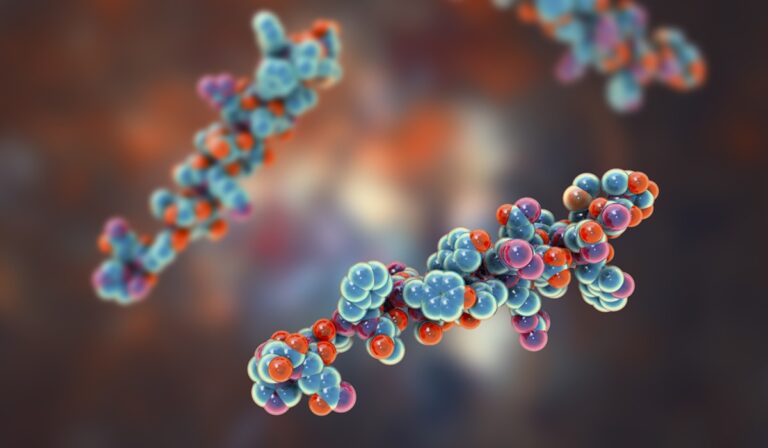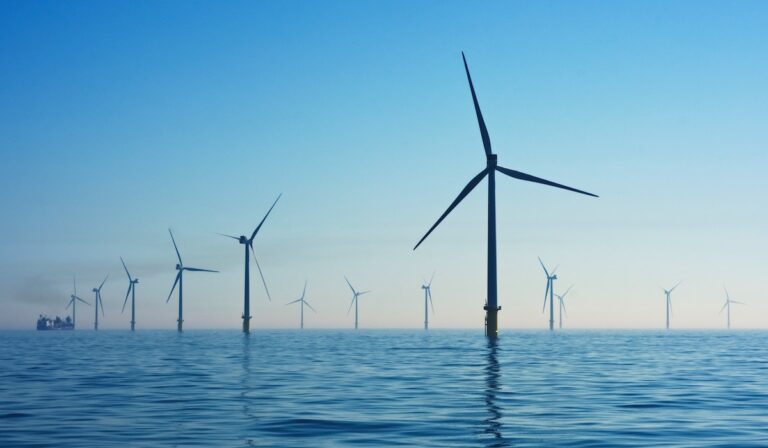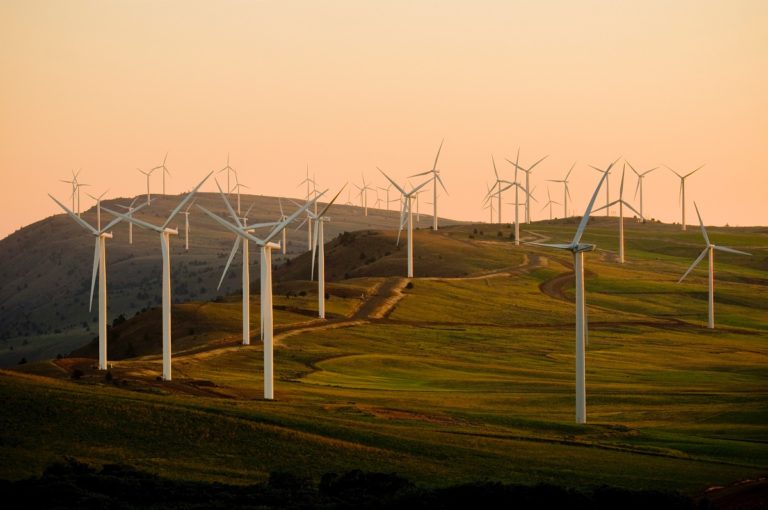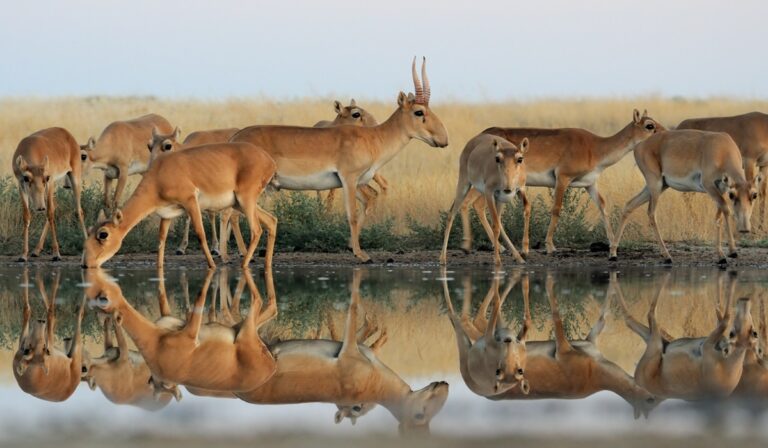Australian scientists regenerate diabetics’ damaged cells to produce insulin
For many years, research has focused on identifying novel therapies that stimulate beta-cell growth and function to restore insulin production in type 1 diabetics. Now, researchers at the Baker Heart and Diabetes Institute in Melbourne have brought us a step closer to making this a reality, regenerating damaged pancreatic cells so they can produce insulin and functionally respond to blood glucose levels. The novel therapeutic approach has the potential to become the first disease-modifying treatment for type 1 diabetes.
Australian scientists regenerate diabetics’ damaged cells to produce insulin Read more










